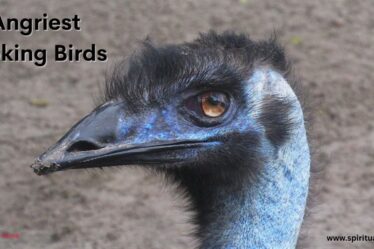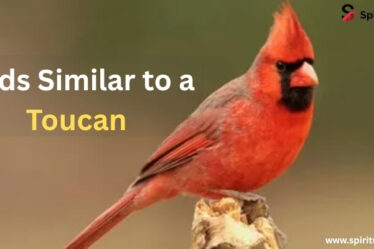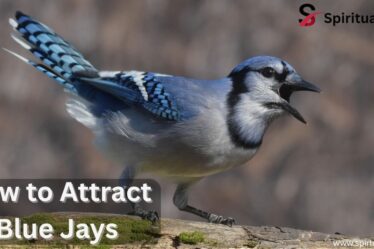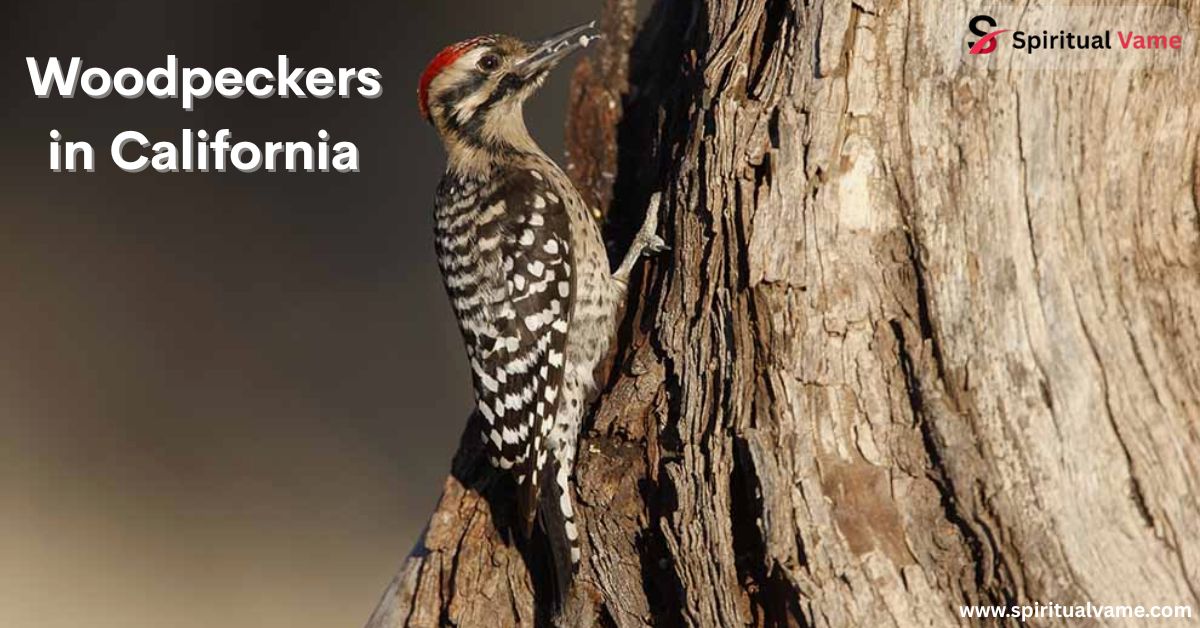
Woodpeckers in California are some of the most fascinating and unique birds in North America. These birds are known not just for their rhythmic drumming on trees, but for their important role in preserving ecological balance across the state. From the coastal oak woodlands to the high mountain forests of the Sierra Nevada, California is home to an impressive diversity of woodpecker species. Their behaviors, colors, diets, and habitats offer a window into the health of our natural environment. These birds are also a favorite among bird lovers and wildlife enthusiasts because of their striking plumage, interesting calls, and curious behavior.
Many people don’t realize that woodpeckers help control insect populations and aid in forest regeneration. By pecking on trees to feed on ants, beetles, and other insects, they keep harmful pests in check. They also dig tree cavities that later serve as nesting sites for other animals, making them crucial contributors to biodiversity. Woodpeckers are environmental indicators—if woodpeckers are thriving, it often means the ecosystem around them is healthy and balanced. In this blog, we will explore the many different types of woodpeckers in California, their habitats, and where to spot them.
14 Woodpeckers of California

California is home to 14 common types of woodpeckers that birdwatchers frequently observe. These birds are found in many different settings including oak woodlands, chaparral habitats, urban areas, riparian woodlands, and coniferous forests. Some of them are year-round residents, while others migrate during certain seasons. You can find them in dry desert scrub or lush foothills, showing their amazing adaptability. Let’s look at the most commonly seen woodpeckers in California and learn what makes each one special.
1. Ladder-Backed Woodpecker
The Ladder-backed Woodpecker is a small bird with a black-and-white barred back, resembling the rungs of a ladder. It is mostly found in the southern parts of California, especially in arid regions like the Mojave Desert and desert scrub areas. This species is an expert at foraging and loves dry habitats where it searches for insects hiding in tree bark. Males have a red crown, which makes identification easier. It uses its sharp bill to dig into wood and find its prey, mainly ants and beetles, which makes it an important insect control agent in these hot, dry environments.
2. Pileated Woodpecker
The Pileated Woodpecker is one of the largest woodpeckers in North America and can be recognized by its bold black body and striking red crest. In California, it prefers mature forests, especially in the Sierra Nevada and mountainous areas with tall, dead trees. This woodpecker is known for its loud drumming and deep calls, often echoing through the forest. It uses its powerful bill to excavate large, rectangular holes in search of carpenter ants and wood-boring beetles. These holes later become nesting sites for other birds and mammals, making this bird vital for forest biodiversity and ecosystem health.
3. Downy Woodpecker
The Downy Woodpecker is the smallest woodpecker in California. It is often seen in urban areas, backyards, and parks, making it one of the most familiar woodpeckers to humans. This bird has a black and white body with a small red patch on the back of the head in males. It is very active and often climbs up trees and branches looking for food. It feeds on a mix of insects, berries, and seeds. Because of its small size, it can explore twigs and fine branches where larger woodpeckers cannot reach. Its adaptability helps it survive in a variety of habitats.
4. Hairy Woodpecker
The Hairy Woodpecker looks very similar to the Downy Woodpecker but is larger in size. It has a longer bill and prefers mature forests and wooded areas with large trees. This species is found throughout California, including coniferous forests, riparian zones, and even mountainous terrain. It feeds on insects such as ants and beetle larvae, often by pecking deep into tree bark. The Hairy Woodpecker plays an essential role in pest control by reducing populations of harmful forest insects.
5. Northern Flicker
The Northern Flicker is a unique member of the woodpecker family because it spends a lot of time on the ground, unlike most of its relatives. It feeds mostly on ants and beetles, which it digs up with its curved bill. It has a brownish body with black spots, a red patch on the back of the head, and bright yellow or red underwings, depending on the region. In California, this bird is often seen in open woodlands, parks, and even grassy fields. Its beautiful plumage and unusual behavior make it a favorite among birdwatchers.
6. Lewi’s Woodpecker

Lewis’s Woodpecker is a large woodpecker with dark greenish-black feathers, a red face, and a pinkish belly. Unlike other woodpeckers, it often flies out to catch insects in the air, similar to a flycatcher. It prefers open pine woodlands and oak woodlands, especially in the Sierra Nevada and foothill regions. This species also feeds on fruits and acorns, showing its flexible diet. It is a skilled forager and can store food in crevices for later use, a behavior that highlights its adaptability to changing conditions.
7. Red-breasted Sapsucker
The Red-breasted Sapsucker is known for its bright red head and chest, which stand out against its black and white body. This bird drills neat rows of sap wells into trees to drink the sap and eat the insects attracted to it. These sap wells sometimes appear on the same tree year after year. The bird primarily inhabits the coniferous forests of northern and central California. This bird’s presence can indicate a healthy forest with diverse tree species and insect life.
8. Black-Backed Woodpecker
The Black-backed Woodpecker is a specialist bird that often lives in recently burned forests. It has a black back, white belly, and a yellow cap on its head. In California, it is usually seen in high coniferous forests in the Sierra Nevada, especially after wildfires. It feeds almost exclusively on beetle larvae found in charred wood. This woodpecker is a good example of how wildlife can adapt to natural disasters. Its presence in burned areas helps the forest recover by breaking down dead wood and recycling nutrients.
9. Acorn Woodpecker
The Acorn Woodpecker is one of California’s most interesting and social birds. It has a clown-like face with a red crown, white forehead, and black body. This bird lives in large family groups and is best known for storing acorns in holes it drills into trees, called granaries. It can pack thousands of acorns into these granaries and often passes them down from one generation to the next. This behavior mostly occurs in oak woodlands, making the Acorn Woodpecker a key part of this habitat.
10. Red-naped Sapsucker
The Red-naped Sapsucker is a migratory species that visits California during certain times of the year. It has a red cap, nape, and throat, with black and white streaks across its body. Like other sapsuckers, it feeds on tree sap and small insects found near the sap wells. It is usually seen in mountainous areas, especially where mixed forests grow. This bird is less common than others but is an exciting find for bird enthusiasts looking to expand their bird sightings list.
11. Williamson’s Sapsucker
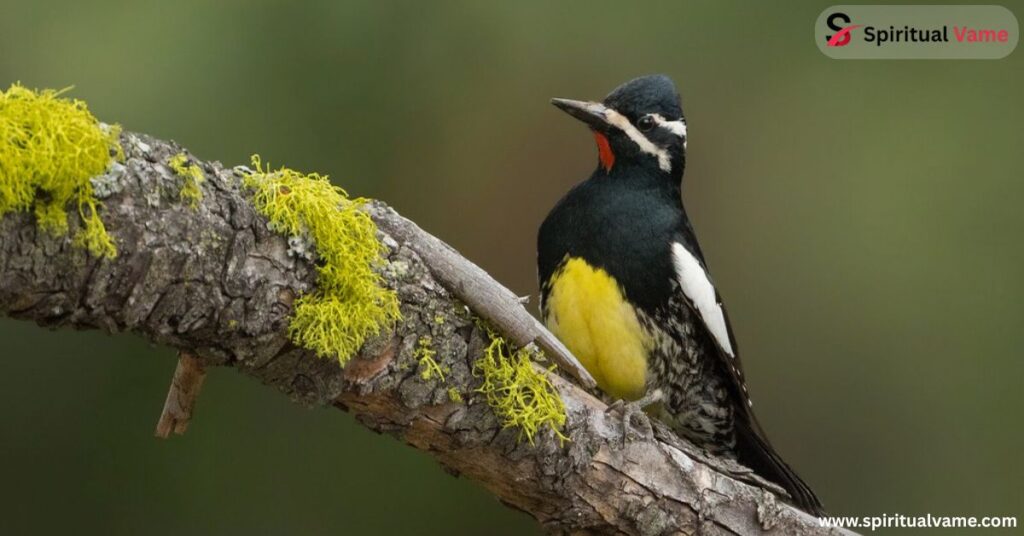
Williamson’s Sapsucker is an eye-catching woodpecker with big differences between males and females. Males have a glossy black body with a red throat and yellow belly, while females are brown with black-and-white stripes. This species is mostly found in the high mountain forests of California. It feeds on tree sap, ants, and beetles, and prefers older forests with lots of dead trees for nesting. This woodpecker helps preserve ecological balance by creating nesting cavities that other wildlife species later use.
12. Nuttall’s Woodpecker
Nuttall’s Woodpecker is a small and noisy bird that is found almost only in California, especially in oak woodlands. It has a black-and-white barred back and a red crown in males. It feeds on insects and sometimes berries. Because it’s limited in range, protecting its natural habitats is important for species survival. It is very vocal and often uses drumming behavior to communicate with its mate or to mark territory.
13. White-headed Woodpecker
The White-headed Woodpecker has a striking white head and a black body, making it easy to identify. It is usually found in pine forests in higher elevations. This bird feeds mostly on pine seeds and insects and prefers mature forests where it can find nesting spots in dead trees. Its presence is often used by scientists to measure ecosystem health and forest conservation success.
14. Gilded Flicker
The Gilded Flicker is a rare bird in California, usually seen in the far southeast part of the state. It is very similar to the Northern Flicker but has a golden-yellow underwing and prefers desert environments. It often nests in cactus like the saguaro, which shows how well it has adapted to life in arid regions. The Gilded Flicker feeds on ants, beetles, and fruits, making it an important part of the desert ecosystem.
Where to look for Woodpeckers in California
If you want to see woodpeckers in California, the best places to visit are areas with large trees and quiet surroundings. National parks, state forests, nature preserves, and local trails in places like the Sierra Nevada, Mojave Desert, and coastal ranges offer great opportunities. Look near dead trees or listen for their drumming sounds. Bring binoculars, spotting scopes, or cameras to get a closer look at their behavior. Early mornings are usually the best times to go birdwatching. Some birds, like the Acorn Woodpecker, are easy to find in urban parks, while others like the Black-backed Woodpecker require hiking into remote burned forest areas. If you’re lucky, you may even spot rare or accidental species.
Conclusion
California’s woodpeckers are not only beautiful and fascinating but are also vital for maintaining the health of forests and natural landscapes. They provide insect control, help with forest regeneration, and create nesting habitats for other animals. Whether you are a beginner or an experienced birdwatcher, spotting different types of woodpeckers in California can be a rewarding experience. Each species, from the brightly colored Northern Flicker to the hardworking Acorn Woodpecker, plays an important role in the complex web of life. Protecting their habitats is key to ensuring the future of these amazing birds and the ecosystems they support.

